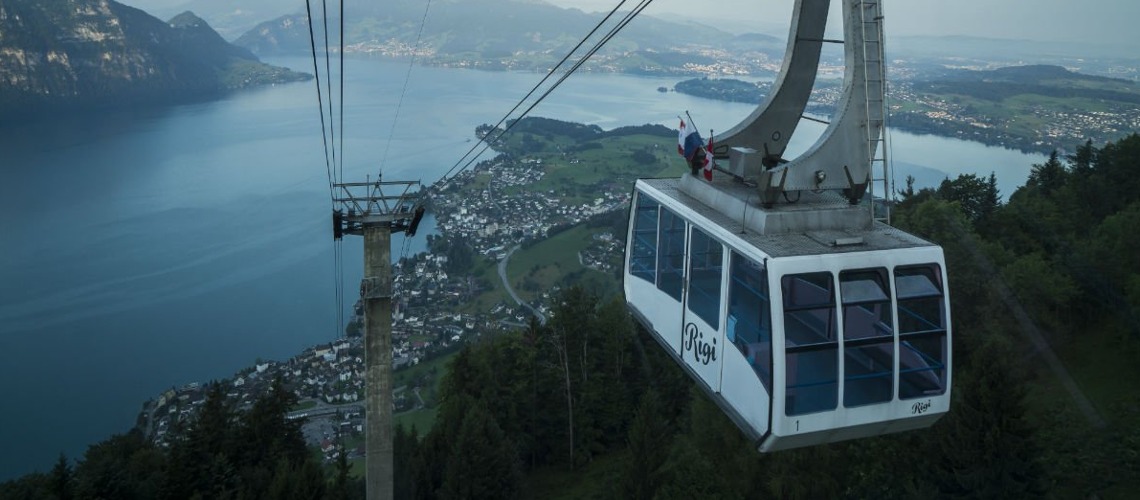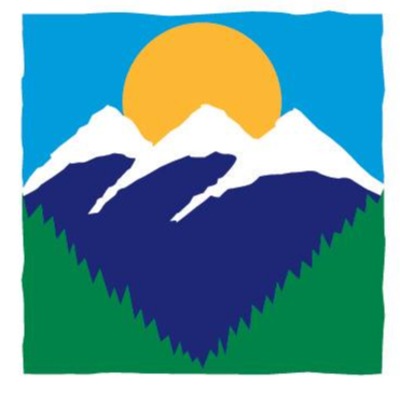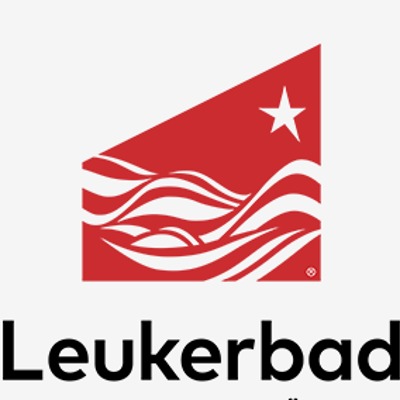Rigi To Replace Weggis Cable Car

With over 50 years of operation, the Weggis-Rigi Kaltbad aerial tramway has reached the end of its technical lifespan. RIGI BAHNEN AG plans to implement a gondola orbit, taking into account the legal requirements and based on the report of the Federal Nature and Homeland Commission (ENHK). The SMART project combines restraint, efficiency and guest comfort. It ensures that the Rigi Kaltbad part of the community is sustainably developed from Weggis.
FLEXIBLE OPERATION
The new gondola lift allows operation tailored to the number of guests. On busy days, all planned 21 gondolas are in use, which roughly corresponds to today's continuous operation on the cable car. Convoy operations with 4 downhill and 4 uphill gondolas are possible on low-frequency days or for access journeys at off-peak times, which is equivalent to today's half-hourly cable car service.
TRANSPORT CAPACITY
The new gondola will increase the transport capacity slightly from 650 to 800 people per hour. With the moderate increase in transport capacity, waiting times on peak days are reduced. These occur especially on weekends with high fog and in winter, as soon as the sun goes down and the guests are concentrated on the descent. On peak days, the share of Swiss guests was over 90% even before the Corona crisis. In this respect, it is primarily the Swiss guests who benefit from an adjustment to the transport capacity.
NUMBER OF GONDOLAS
The planned gondola will start operating with 21 gondolas and is technically designed for a maximum of 31 gondolas. With a term of at least 35 years, this gives future generations the opportunity, if there is sufficient demand, to purchase another 10 gondolas and to increase the capacity to a maximum of 1200 per hour.
GUEST COMFORT
- The guest comfort is massively increased by a gondola lift.
- The cabins with 10 seats allow the passenger to sit and enjoy the fantastic view of Lake Lucerne even on busy days instead of being crowded as it is today without any driving or viewing comfort.
- The new gondola lift meets the need for distance and safety.
- The gondola operation enables time-independent use of the railway. Guests can take the train relaxed, without time pressure and without a given timetable.
- To make it easier to get on and off, every gondola stops completely in the stations (comfort stop). This not only benefits families and older guests, but also ensures that the provisions of the Equal Opportunities for People with Disabilities Act are implemented for barrier-free access.
REDUCED & EFFICIENT ARCHITECTURE
The materialization of the valley and mountain stations contributes to a harmonious integration into the landscape. With the high proportion of wood and green roofs, the SMART project continues to follow the design recommendations of the Federal Nature and Heritage Protection Commission (ENHK). The high-quality architectural design of the SMART mountain and valley station is based on the winning project "Luegisland" by the architectural office Graber & Steiger from the broad-based project competition according to SIA 142. The creative and modularly adaptable concept from the winning project has proven itself in the demanding further processing. Despite extensive redimensioning of the mountain and valley stations, the Lucerne architects, together with the client, succeeded in maintaining the high architectural quality that was conceptually available.
MOUNTAIN STATION
By separating the mountain station from the “Résidence” building, which is now connected to the mountain station, the neighboring apartments now benefit from the sound-insulated buildings. The new mountain station also takes into account the townscape as a stand-alone volume as well as the strong architecture of the Botta baths and the Rigi Résidence.
LINES OF THE CABLEWAY TRACK
The route of the new gondola will remain on the cable axis of the existing aerial tramway. The aisle in the upper area of the Chilewald, which already exists today due to the aerial cableway, will continue to be used by the planned gondola lift. In the lower area of the Chilewald the planned gondola lift travels over the treetops and therefore no new clearing is necessary. In the area of today's pillar 1, it is necessary to partially hold down the forest so that the planned gondola lift can pass this area. The gondola lift is basically a replacement structure, which, apart from new and additional mast locations, does not represent a new intervention in the Rigi landscape.
From the point of view of the ENHK, the overall view of the silhouette of the mountain landscape will be improved by lowering the ropes and, in particular, by dismantling the two concrete pylons I and II. Compared to the current situation, the aim of the planning of the gondola lift is to be visible from fewer locations (horizon) and to be less visible. The function of the protective forest will not be impaired by the new masts.
SUSTAINABILITY & MOBILITY
In addition to the noise and energy-optimized drive concept from Garaventa, they demanded that they will examine all possibilities for sustainable use of the project. Among other things, they clarified the use of waste heat from the drive motor to heat rooms or even to heat the water in the mineral bath. Photovoltaics should also make a contribution to sustainable electricity generation. A future-oriented mobility concept is being developed, which takes into account the needs for optimal connection to public transport as well as the transformation of individual transport.
CABLE CAR CORRIDOR & ZONE PLAN ADAPTATION KALTBAD
A partial revision of the zoning plan and the building and zoning regulations is necessary for the ropeway renewal. This is a prerequisite so that the building permit for the replacement of an existing system or the construction of a new cable car can be processed by the authorities. When the old aerial tramway was built over 50 years ago, this regulatory requirement did not yet exist. In this respect, the citizens of Weggis do not vote on the type of cable car presented, but rather whether or not access by cable car is possible within the defined cable car corridor and the Kaltbad zone adaptation. The agreements on commercial zones, residential zones or agricultural zones are comparable.
RIGI BAHNEN AG made a conscious decision to make the ropeway type and design public, so that comprehensive transparency is guaranteed. The procedure for separating the cable car corridor is the responsibility of the Weggis municipality. Once the cable car corridor and the zone adjustment have been agreed, the planning approval procedure and the building application for cable cars are submitted to the Federal Office of Transport.













